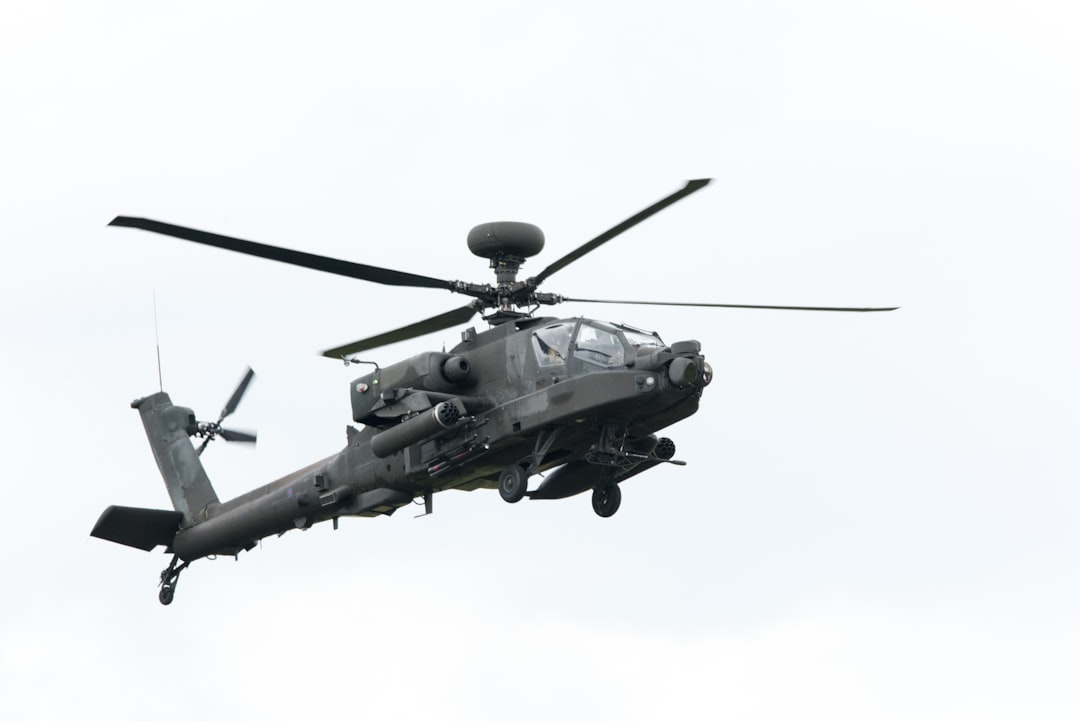What is it about?
LES is carried out for film cooling in gas turbines. Reynolds stresses and turbulent heat fluxes are compared for different blowing ratios and two types of cooling holes in the parametric study. The energy-carrying turbulence structures in and near the cooling holes are shown and their behaviors are linked to turbulent Reynolds stresses. Reynolds stresses and turbulent heat fluxes are compared for different blowing ratios and two types of cooling holes in the parametric study. Similarity patterns of velocity profiles, non-dimensional temperature profiles , Reynolds stress and turbulent heat flux profiles are discussed.
Featured Image

Photo by Felix Berger on Unsplash
Why is it important?
A parametric study of blowing ratios and cooling film hole geometries on the Reynolds stresses is significant. It can provide guidance for designers as it covers a wide range of mixing regimes. Recent RANS-based results show that in most cases RANS predictions contain the correct asymptotic decay of quantities such as effectiveness, but the wrong level. If a parametric study could provide some indications on how the quantities such as Reynolds stress perform under different blowing ratios, cations on the RANS model might be proposed to give equivalent accuracy of predictions as LES in film cooling. In this study, LES results on various operating conditions, including an array of Mach numbers, blowing ratios, and orientation angles, are examined by being compared with classical experimental data. Reynolds stresses and turbulent heat fluxes are compared for different blowing ratios and two types of cooling holes in the parametric study.
Perspectives
I hope the results can provide insights for further gas turbine film cooling CFD. The paper shows that the flow downstream of roughly 5D is not particularly challenging to model (from the observation of self-similarity) and the real difficulties of simulating accurately happen within the first 5D. The paper indicates that, with the self-similarity discovered in this study, as long as the quality of RANS predictions within the distance of five diameters can be improved by modifying a single parameter in a model, the expensive cost of LES could be avoided when maintaining the quality of prediction.
Dr. Muting Hao
University of Oxford
Read the Original
This page is a summary of: Reynolds stresses and turbulent heat fluxes in fan-shaped and cylindrical film cooling holes, International Journal of Heat and Mass Transfer, November 2023, Elsevier,
DOI: 10.1016/j.ijheatmasstransfer.2023.124324.
You can read the full text:
Contributors
The following have contributed to this page










